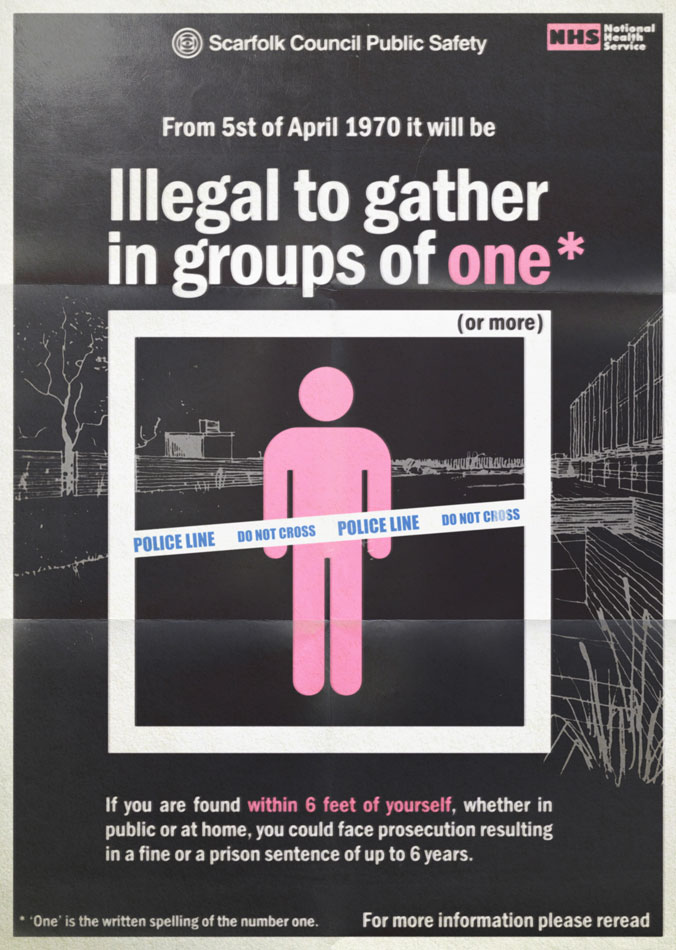With the rise in popularity of horror films within the past decade, the desire to witness a new and haunting story for the first time has firmly rooted itself in mainstream consciousness due to the cleverly-crafted mixture of uncertainty and anxiety that keeps its audience on edge and in eager anticipation for the next scare. As a result, the horror genre has rapidly diverged into subcategories to consistently create fresh and frightening experiences across many different forms of media and on many different levels of intensity. One such divergence, occurring in the late 1990s and early 2000s, was the creation of hauntology, which originated from French philosopher Jacques Derrida who coined the phrase in his book Spectres of Marx when describing the tendency of Marxism to haunt Western society. However, hauntology has now evolved into a complicated and overarching term within popular culture to refer to situations in which elements of the past continue to persist in the present.
Thus, it is to no surprise that hauntology has swiftly manifested itself within the aesthetics of the past where anxiety, unease, and scrutiny was most prominent when one considers the eerie detachment that can come from reflecting upon the strange and dystopian-esq structures of the past. Inspired by these surreal memories and the imagery that it generated, writer and designer Richard Littler took it upon himself to create Scarfolk Council, an unsettling satirical blog about a fictional town called Scarfolk in northern England that has found itself trapped in the 1970s.

Through the Scarfolk Council blog, Littler used the aesthetics of the 1970s to create historical documents that turned the familiar and ordinary sights of British public information posters, product branding, photographs, and artifacts into a dark and dystopian reality that invoked similarities to the evocative writings of George Orwell. The intentional use of mundane objects from the time period that had long since faded from public memory allowed Littler to create an unnerving atmosphere around his work as viewers attempted to piece together fragments of the past, uncovering an alternate reality that was all too accurate and all too incorrect to be true with its implicative themes of surveillance, occultism, and civil rights and reminder to reread for more information.

Ultimately, Scarfolk Council is a fictional creation that has cleverly twisted the aesthetics of the past into an alluring and unsettling reality that triggers indescribable emotions from our deepest memories. The expansion of the small town of Scarfolk into several books and an upcoming TV series along with its accidental features in official UK publications indicates the subtle power that unconventional applications of hauntology have over traditional productions within the horror genre. That’s why I believe that Scarfolk Council has successfully mastered the anxiety and unease of horror through its creative re-imagination of the past that draws upon the normalcy of its fake artifacts to tell an eerie and compelling narrative that illuminates concerning realities behind its satirical gaze.
Experience Scarfolk Council: HERE


